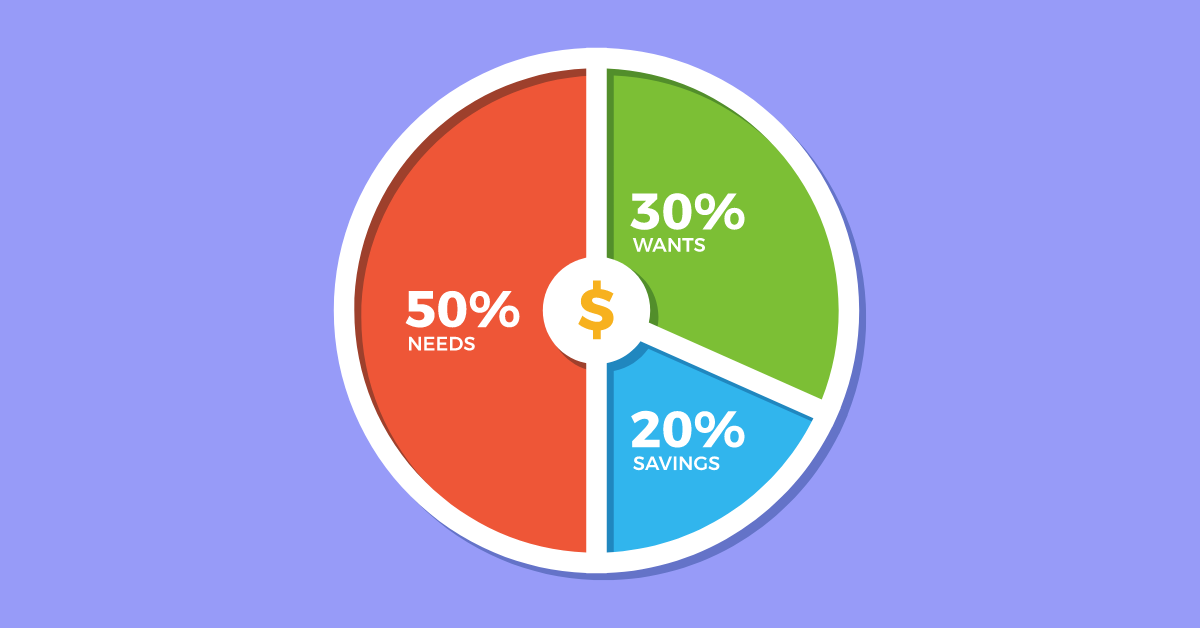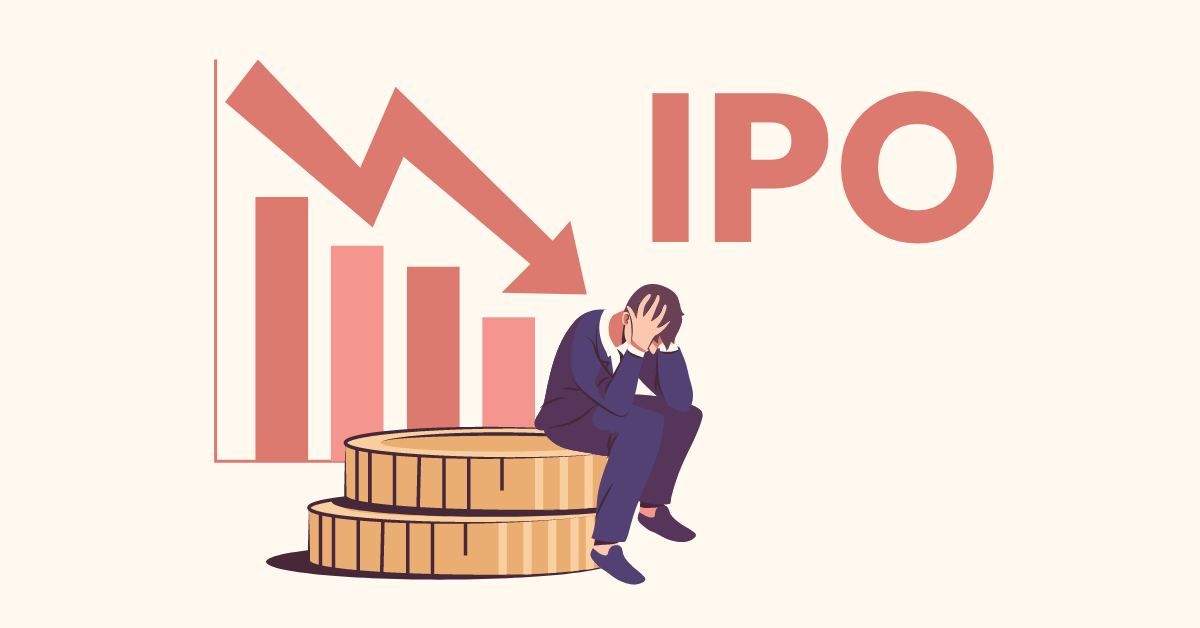We always want to maximise our investment returns and therefore deploy various investment strategies. One popular investment strategy you might have often heard about is ‘buying the dip’, which aims at buying low and selling higher. To learn more, explore this article.
This article highlights what is the dip in the stock market, buying the dip strategy, how this strategy works, the pros and cons, an example of this strategy, and how to manage risks while buying the dip.
What Is The Dip In The Stock Market?
The term ‘dip’ refers to the temporary reduction in a financial security’s price after a sustained uptrend. Such price drops are often observed in the stock market and may exist for a few minutes, hours, or days.
What Does Buying The Dip Mean?
‘Buying the dip’ is an investment strategy that involves buying the stock/security whose price has fallen from the recent high, with the expectation that the price will again jump to the previous level.
How Does The Buy-The-Dip Strategy Work?
The stock price may fall for several reasons, such as the overall economic downturn, changes in the company’s earnings, loss of contract, growth outlook, etc. It may fall below your believed fair value of the stock, and you may use the buy-the-dip strategy if you see upside potential.
To catch on to the opportunity, you may use some or all of your uninvested/liquid investment amount to buy shares of that stock after thorough research. You may increase your stake in the company you have already invested in, given that it dropped in price.
There are chances that the price will rebound to the previous level or even go above that after some time. If it happens, you stand to gain massively. However, stock price movements are uncertain and may not always go as expected. If it keeps falling, you may lose a significant amount.
Buying The Dip Example
Suppose the stock price of XYZ Limited falls to ₹2,500 from ₹2,800 within five days due to unfavourable market conditions. You deploy buying the dip strategy and purchase 100 shares, with a total investment of ₹2,50,000.
If the stock price again reaches the previous level of ₹2750-₹2800, you stand to gain at least ₹25,000.
In the worst scenario, if the stock does not again reach its usual price range and instead keeps falling, you may incur a significant loss.
Pros And Cons Of Buying The Dip
Pros Of Buying The Dip
- Buying the dip may be a good strategy to buy stocks with sound fundamentals and higher upside potential at a lower price.
- This strategy may reduce your average cost per share. Suppose you bought 20 shares earlier at ₹50 per share. And in the stock market dip, you purchased another 30 shares at ₹30 per share. As a result, your average cost per share would be ₹38 per share.
Discover stocks that suit certain filter criteria and dive into details to check their WealthBaskets.
Cons Of Buying The Dip
- If the stocks you purchased at lower prices by deploying a ‘buy the dip’ strategy do not rebound within your expected time, your cash flow may get disturbed.
- If that stock does not rebound again and keeps falling, you may incur a significant loss. In other words, a short-term dip may convert to a downward trend.
- The ‘buy the dip’ strategy is more about timing the market. However, accurately predicting the market is nearly impossible, which increases the overall risk of this strategy.
Managing Risks While Buying The Dip
Here are some points which would help you manage the risks while buying the dip.
- Limiting the amount of uninvested cash (kept for buying the dip) out of the investable amount is essential. Excess uninvested cash may result in a loss of potential dividends and returns.
- Determining a specific price decline rate at which you would invest is also crucial. Suppose you decide to invest in a stock if its price falls by 15%. Then, when that stock actually falls by 15%, catching on to the opportunity instead of waiting for a further drop might be a better idea.
- Putting a stop loss while buying or selling stocks may help you limit the loss if the price keeps rising/falling.
- Even if the stock price declines significantly, only buying stocks after performing a fundamental analysis would increase the accuracy of investment decisions.
Final Thoughts
Buying the dip strategy can generate massive returns, though it involves considerable risk. After all, it’s a practice of timing the market, i.e. predicting the price movements, and the accuracy is not guaranteed. Therefore, investing after thorough research and discipline is crucial.
Do you want to reduce the time required for investment research and make good returns? You can consider WealthBaskets from WealthDesk, which are the research-backed combination of equities and ETFs based on an idea, theme, or strategy and are created by SEBI-registered professionals.
FAQs
Buying a stock at the dip may be better if the price of the fundamentally sound stock decreases due to economic conditions, with no significant negative changes in the company’s fundamentals.
In the economic downturn or market fall, you may see cyclical stocks (stocks from industries whose performance depends on economic conditions) trading at lower prices.
There is no certainty that you will make money, and you would gain if the stocks you bought at the dip go upward afterwards.
Price dipping refers to a temporary decline in the stock price due to some reasons, such as market fall, changes in the company’s earnings, loss of contract, growth outlook, etc.


















